Insurance can be a lifesaver, but it’s not always straightforward. Here’s the inside scoop on 19 common insurance loopholes that might leave you uncovered when you need it most.
1. Pre-Existing Conditions

Image Credit: Shutterstock / PeopleImages.com – Yuri A
Many health insurance policies exclude pre-existing conditions, meaning you won’t be covered for any treatment related to conditions you had before your policy started. The Kaiser Family Foundation reports that about 27% of adults under 65 have pre-existing conditions that could affect their coverage.
2. Act of God Clauses
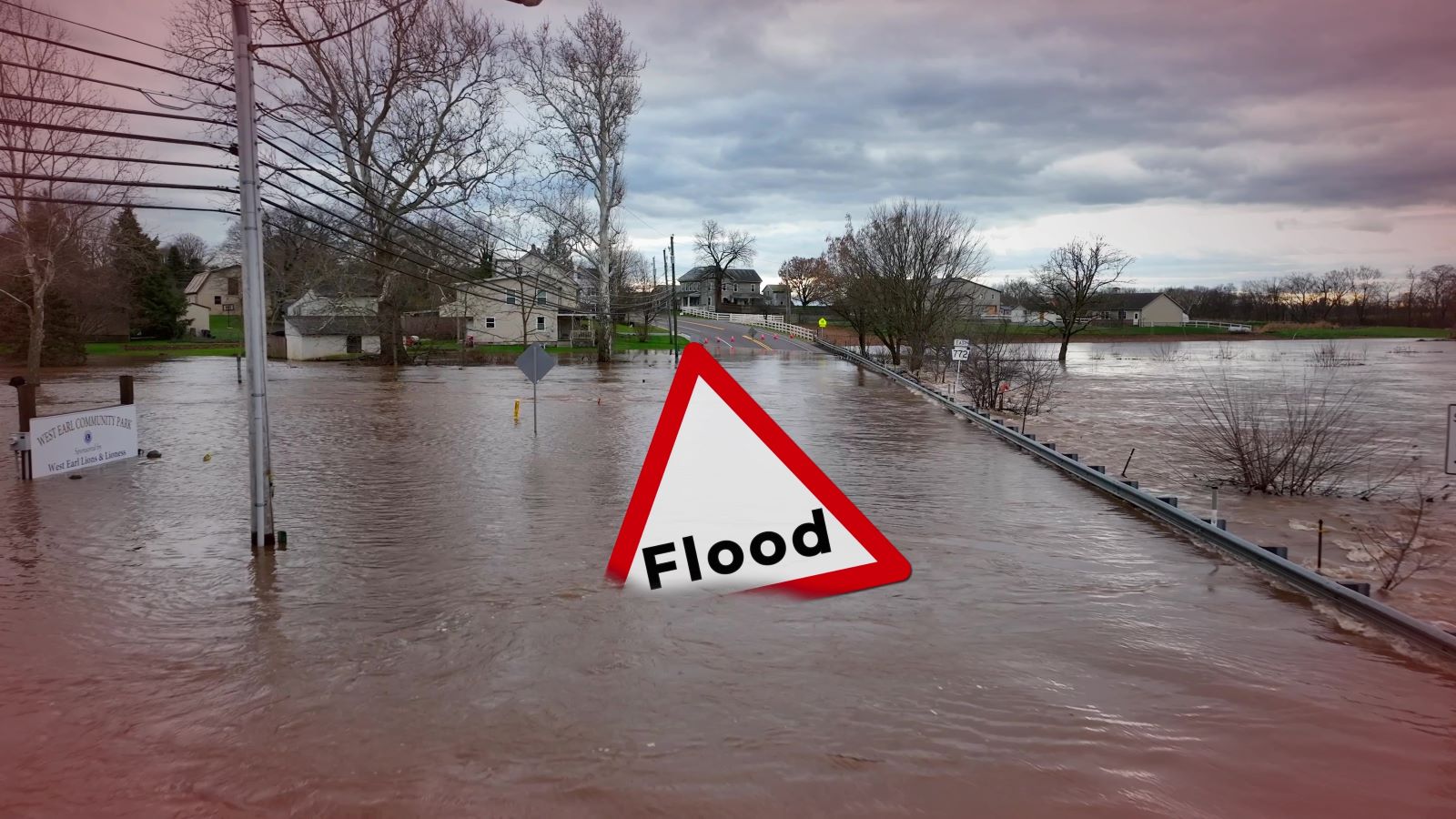
Image Credit: Shutterstock / Crovik Media
Natural disasters, such as earthquakes and floods, are often excluded from standard homeowners’ insurance policies. According to the Insurance Information Institute, only about 15% of American homeowners have flood insurance despite 90% of natural disasters involving flooding.
3. Wear and Tear

Image Credit: Shutterstock / BLACKWHITEPAILYN
Standard insurance policies typically do not cover wear and tear. For example, the National Association of Insurance Commissioners (NAIC) notes that home insurance policies won’t pay for damage due to neglect or regular aging of the property.
4. Business Use of Personal Vehicle

Image Credit: Shutterstock / Jonathan Weiss
Using your personal vehicle for business purposes without the proper coverage can void your insurance in the event of an accident. A study by the National Highway Traffic Safety Administration found that 12% of accidents involve vehicles used for business purposes without appropriate coverage.
5. High-Value Items

Image Credit: Shutterstock / New Africa
Standard homeowners’ insurance policies often have low limits for high-value items like jewelry, electronics, and art. The Insurance Information Institute states that coverage for these items is typically capped at $1,000 to $2,000 unless you purchase additional endorsements.
6. Named Driver Exclusions

Image Credit: Shutterstock / Indypendenz
Some auto insurance policies exclude specific individuals from coverage. If an excluded driver uses your car and gets into an accident, you won’t be covered. The NAIC advises verifying who is covered under your policy to avoid costly surprises.
7. Cosmetic Damage

Image Credit: Shutterstock / Andrey_Popov
Many policies cover functional but not cosmetic damage, especially in auto insurance. For instance, a dented door might not be covered if the car is still operable. A report by J.D. Power indicates that cosmetic damage claims can be denied, costing drivers an average of $500 to $1,500 out-of-pocket.
8. Mold Damage

Image Credit: Shutterstock / SaiArLawKa2
Homeowners’ insurance often excludes mold damage unless it’s caused by a covered peril. The Environmental Protection Agency estimates that mold remediation costs can range from $500 to $6,000, a significant out-of-pocket expense if not covered.
9. Pest Infestations

Image Credit: Shutterstock / Jack_the_sparow
Damage caused by pests like termites or rodents is usually not covered by homeowners’ insurance. The National Pest Management Association reports that termites alone cause about $5 billion in property damage annually in the U.S., often uncovered by insurance.
10. Intentional Acts
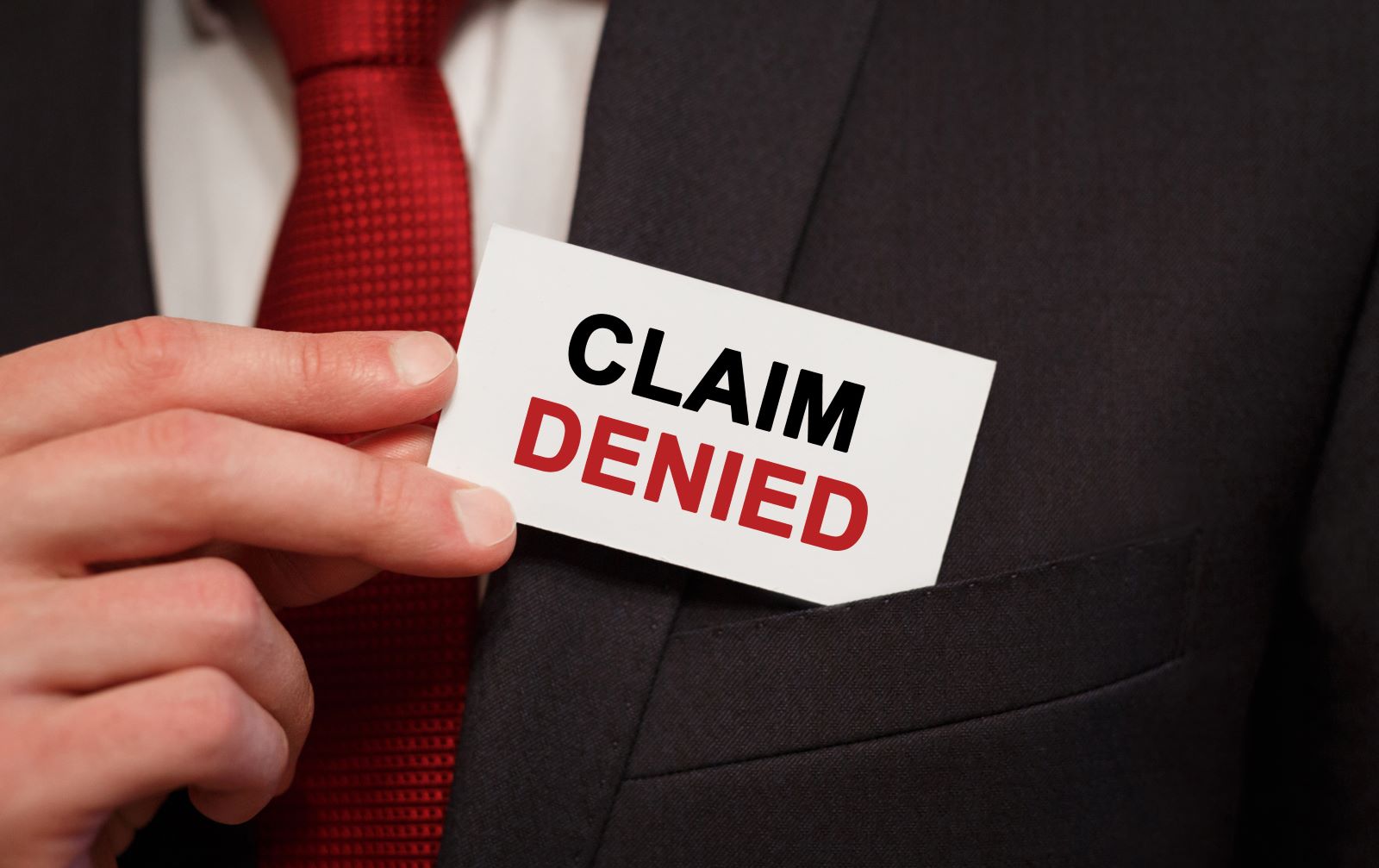
Image Credit: Shutterstock / Michail Petrov
Insurance policies do not cover intentional damage or injury. For instance, if you intentionally damage your property, your claim will be denied. According to the FBI, insurance fraud costs the average U.S. family between $400 and $700 per year in increased premiums.
11. Vacancy Exclusions
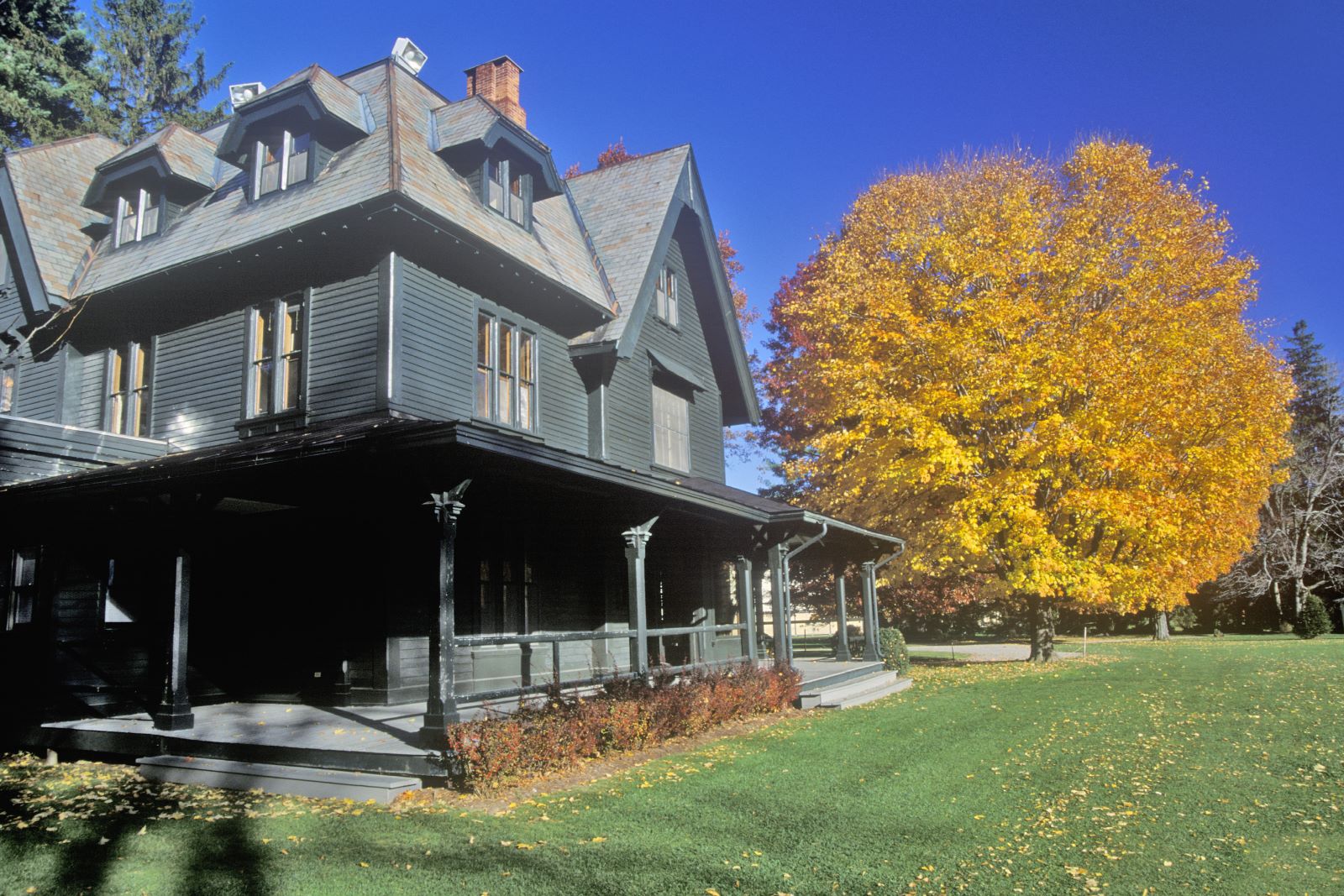
Image Credit: Shutterstock / Joseph Sohm
If your home is vacant for an extended period, typically 30-60 days, your homeowners’ insurance may not cover damages that occur during that time. The Insurance Information Institute advises purchasing vacancy insurance if you plan to leave your home unoccupied for long periods.
12. Recreational Vehicles

Image Credit: Shutterstock / FOTOGRIN
Many auto insurance policies do not cover recreational vehicles like ATVs or dirt bikes unless specifically included. The Consumer Federation of America found that accidents involving recreational vehicles can lead to significant financial losses without proper coverage.
13. Alternative Therapies

Image Credit: Shutterstock / Summit Art Creations
Health insurance often excludes alternative treatments like acupuncture or chiropractic care unless specifically included. According to the National Center for Complementary and Integrative Health, Americans spend about $30.2 billion annually on out-of-pocket costs for complementary health approaches.
14. Underground Pipes
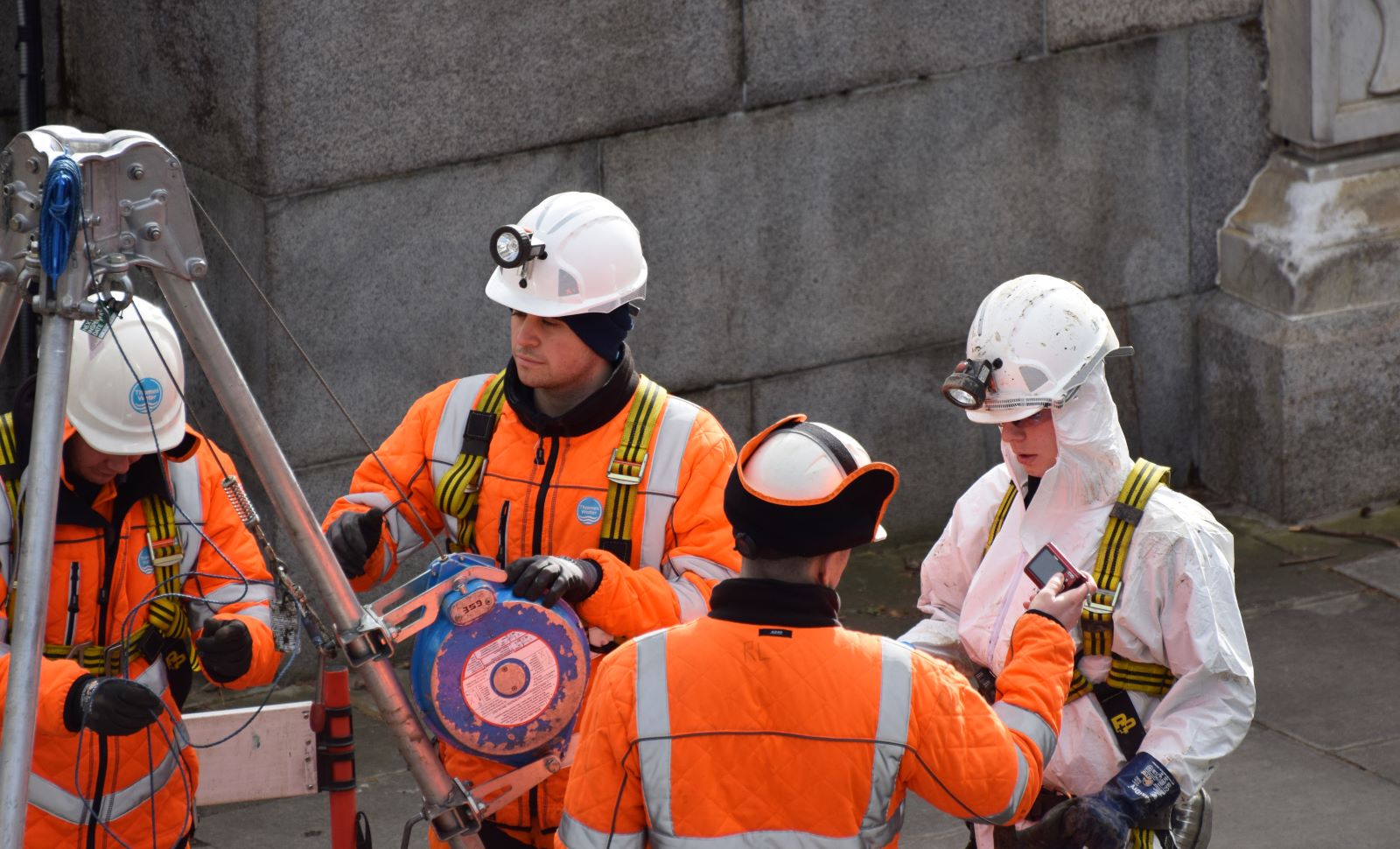
Image Credit: Shutterstock / Amani A
Damage to underground pipes on your property may not be covered by standard homeowners’ insurance. The American Society of Civil Engineers reports that the average cost to repair a water main break is about $5,000, often falling on the homeowner without proper coverage.
15. Off-Premises Theft

Image Credit: Shutterstock / Maxim Vasiliev
Homeowners’ insurance policies often limit coverage for theft of personal property away from your home. The Insurance Information Institute notes that coverage for off-premises theft is typically capped at 10% of the policy limit.
16. Flood Damage
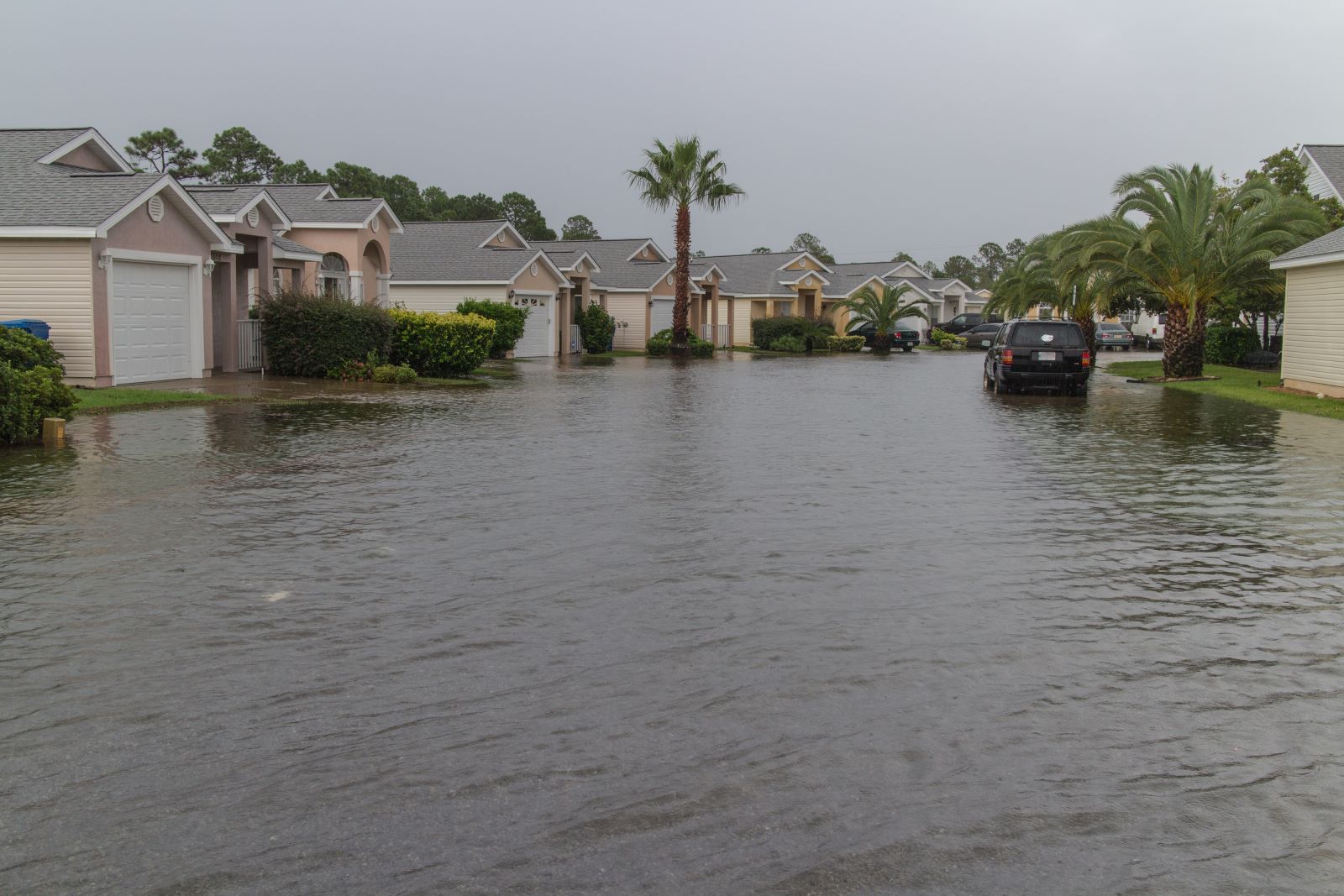
Image Credit: Shutterstock / johnmoorefour
Standard homeowners’ insurance policies do not cover flood damage. According to FEMA, just one inch of water can cause $25,000 in damage, and only flood insurance will cover such losses.
17. Car Rentals Abroad

Featured Image Credit: Shutterstock / Sport car hub
Your auto insurance may not cover rental cars outside the U.S. The Consumer Financial Protection Bureau suggests checking with your insurer and considering additional coverage when renting a car abroad to avoid hefty bills in case of an accident.
18. Out-of-Network Medical Bills

Image Credit: Shutterstock / Vitalii Vodolazskyi
Health insurance plans often have higher costs for out-of-network care. The Kaiser Family Foundation reports that 18% of emergency visits and 16% of in-network hospital stays result in at least one out-of-network bill, which can be significantly higher than in-network rates.
19. Earthquake Damage
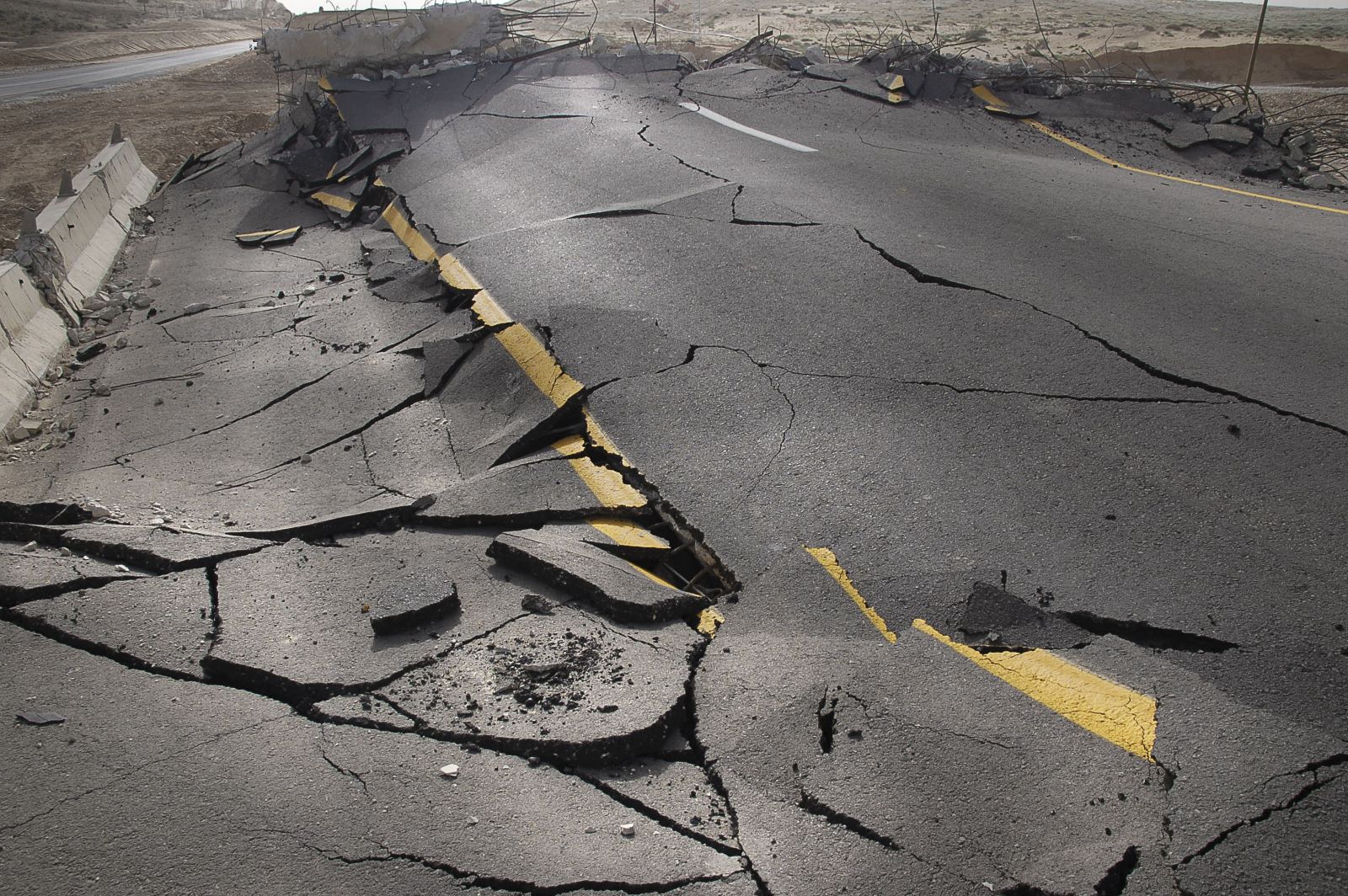
Image Credit: Shutterstock / SDubi
Most homeowners’ insurance policies do not cover earthquake damage. The Insurance Information Institute states that only about 10% of Californian homeowners have earthquake insurance, despite the state being highly susceptible to quakes.
Stay Informed, Stay Protected

Image Credit: Shutterstock / Natee Meepian
Understanding these insurance loopholes can help you avoid costly surprises. Always read your policy thoroughly and consider additional coverage where necessary to ensure you’re fully protected.
Police Magnet: 7 Cars That Guarantee You’ll Get Pulled Over
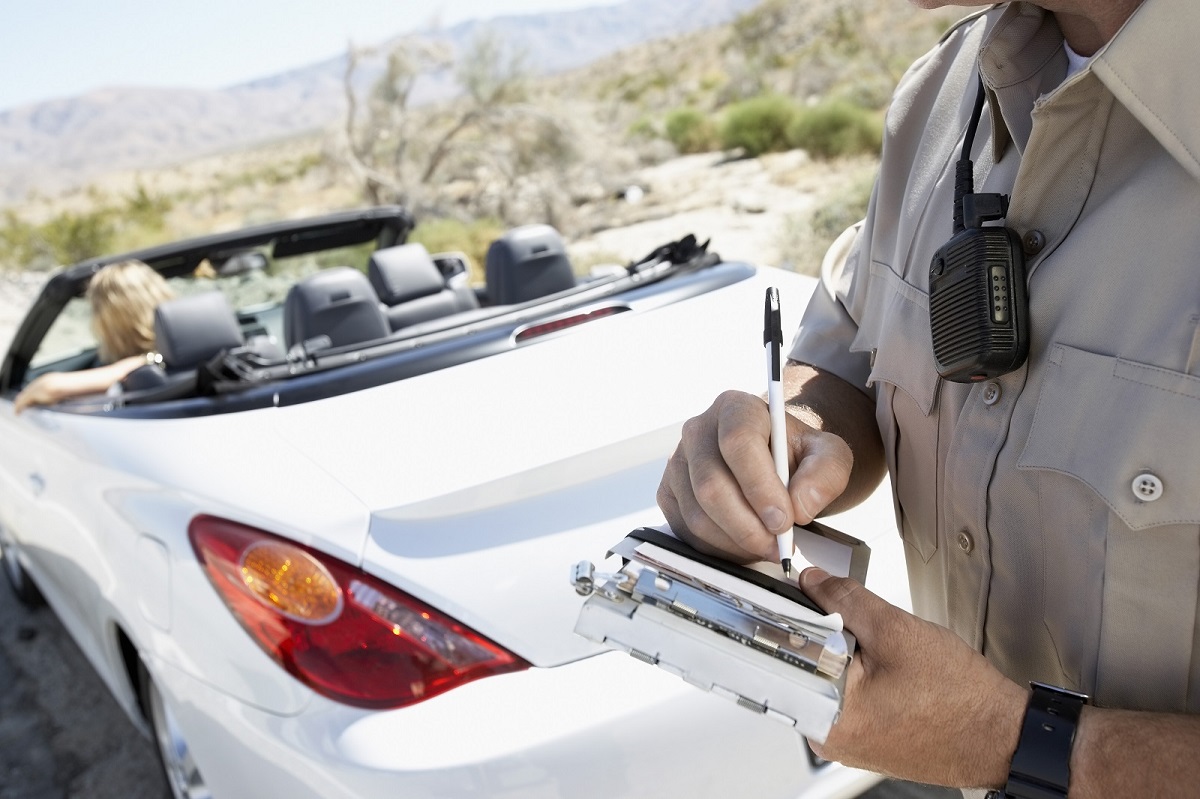
Image Credit: Shutterstock / sirtravelalot
Driving certain cars can make you more noticeable to law enforcement, even if you’re abiding by all the rules. Are you driving one of these “police magnets”? Here are seven cars that seem to attract more police attention than others. Police Magnet: 7 Cars That Guarantee You’ll Get Pulled Over
The Classic Cars That Were Total Clunkers
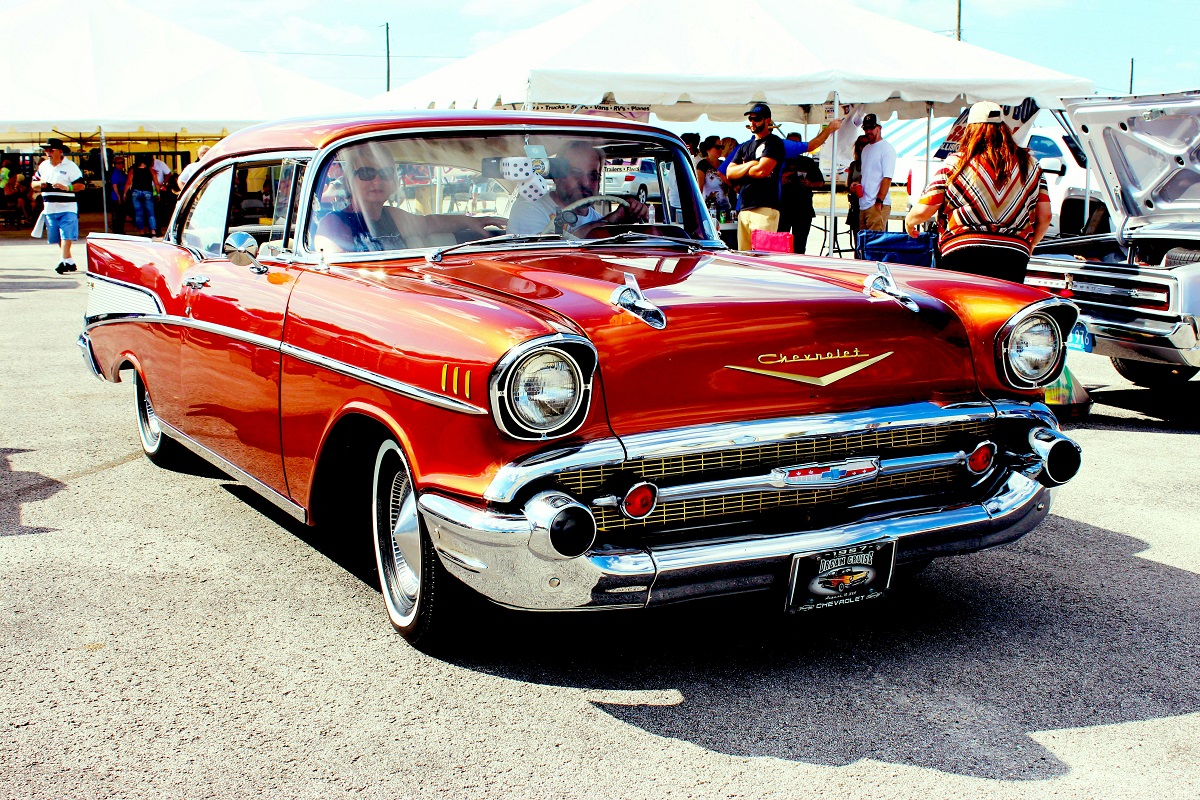
Image Credit: Pexels / Pixabay
Nostalgia has a funny way of making the past seem better than it was, especially when it comes to cars. But here’s the hard truth: some of those “classic” cars your dad raves about were real clunkers. Here’s a closer look at why some of those so-called “classics” weren’t all they were cracked up to be. The Classic Cars That Were Total Clunkers
The Worst U.S. Cars Ever Made: A Retro List
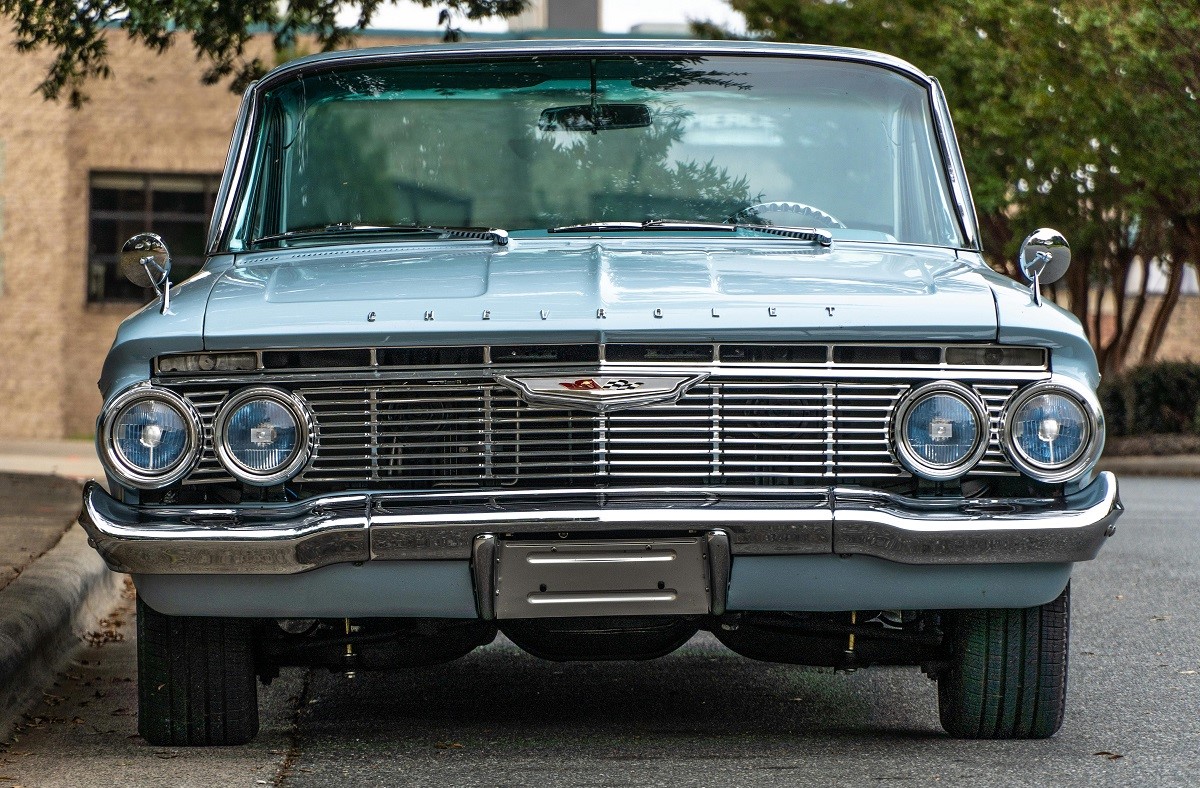
Image Credit: Pexels / Be The Observer
The U.S. auto industry has produced some incredible vehicles, but not every model was a hit. Here’s a look back at 16 of the worst cars ever made in the U.S., each infamous for its own unique flaws. The Worst U.S. Cars Ever Made: A Retro List
Featured Image Credit: Shutterstock / Pressmaster.
For transparency, this content was partly developed with AI assistance and carefully curated by an experienced editor to be informative and ensure accuracy.
The images used are for illustrative purposes only and may not represent the actual people or places mentioned in the article.



